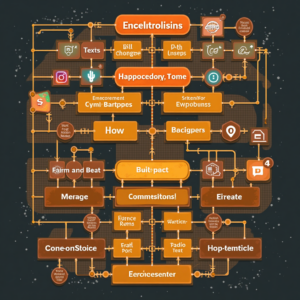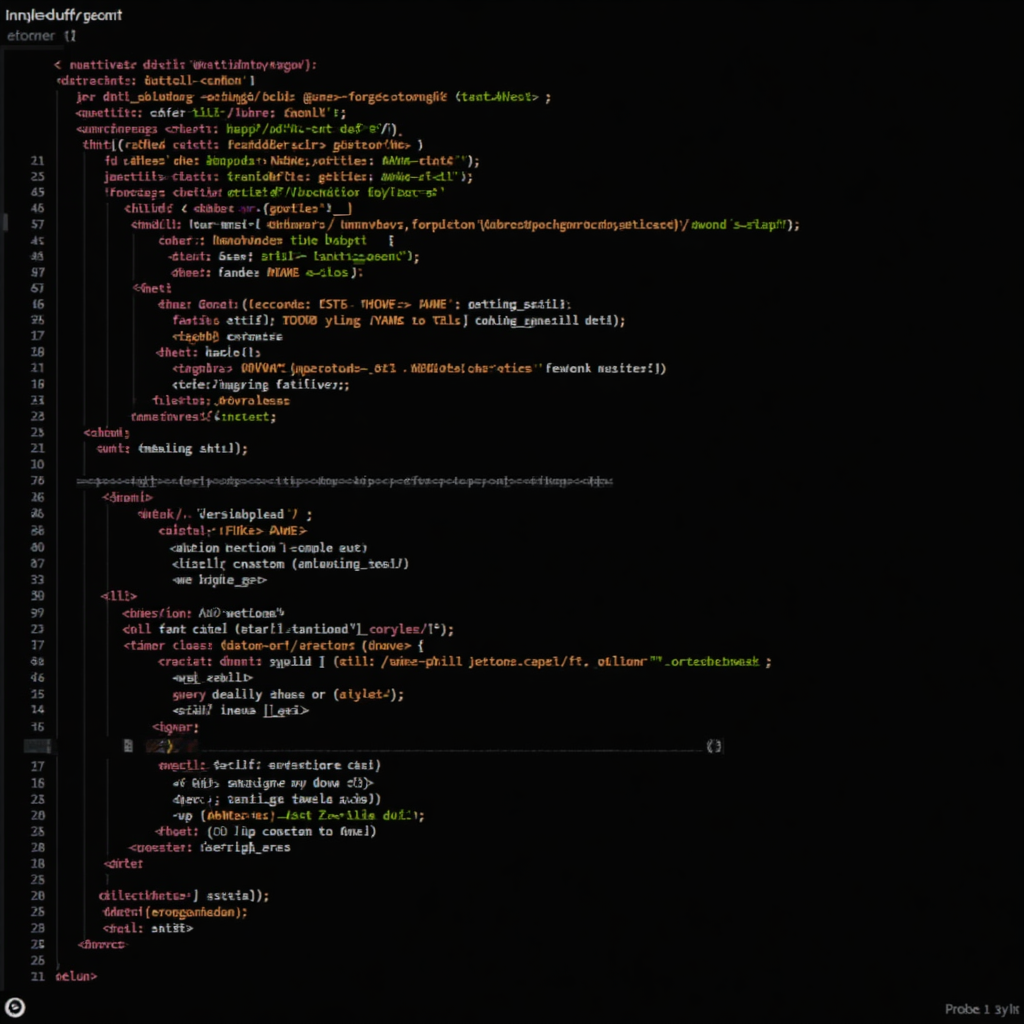
Introduction to CodeIgniter
CodeIgniter is a powerful PHP framework used for building enterprise-level applications. It provides a simple and elegant way to build web applications quickly and efficiently. With its small footprint and modular design, CodeIgniter is an ideal choice for developers who want to build scalable and maintainable applications.CodeIgniter has a number of features that make it well-suited for building enterprise-level applications, including a robust security system, a flexible routing system, and a comprehensive set of libraries and helpers. In this article, we will explore the best practices for building enterprise-level applications with CodeIgniter.
Setting Up the Environment
Before you start building your application, it’s essential to set up your environment properly. This includes installing CodeIgniter, configuring your database, and setting up your development tools.First, you need to download the CodeIgniter framework from the official website and extract it to your desired location. Then, you need to configure your database by creating a new database and adding the necessary tables. You can use the CodeIgniter database library to interact with your database.Next, you need to set up your development tools, such as a code editor or IDE, and a version control system like Git. This will help you to write, test, and deploy your code efficiently.

Designing the Architecture
A well-designed architecture is crucial for building a scalable and maintainable application. CodeIgniter provides a flexible architecture that allows you to build your application in a modular way.First, you need to define the overall architecture of your application, including the different modules and components. Then, you need to design the database schema and the relationships between the different tables.Next, you need to plan the routing system, including the different routes and the controllers that will handle them. You should also consider the security aspects of your application, including authentication and authorization.
Writing Clean and Efficient Code
Writing clean and efficient code is essential for building a maintainable and scalable application. CodeIgniter provides a number of features that help you to write clean and efficient code, including a robust templating system and a comprehensive set of libraries and helpers.First, you should follow the CodeIgniter coding standards, which include using meaningful variable names, following the PSR-2 coding standard, and using comments to explain your code.Next, you should use the CodeIgniter libraries and helpers to perform common tasks, such as database interactions, file uploads, and validation. You should also use the templating system to separate your presentation logic from your business logic.
Testing and Debugging
Testing and debugging are essential steps in the development process. CodeIgniter provides a number of tools and features that make it easy to test and debug your application, including a built-in testing framework and a comprehensive set of error handling mechanisms.First, you should write unit tests for your code to ensure that it works as expected. You can use the CodeIgniter testing framework to write and run your tests.Next, you should use the CodeIgniter error handling mechanisms to catch and handle errors in your application. You should also use the logging system to log errors and other important events.
Deploying the Application
Once you have built and tested your application, it’s time to deploy it to a production environment. CodeIgniter provides a number of features that make it easy to deploy your application, including a flexible routing system and a comprehensive set of configuration options.First, you should configure your application for production, including setting the environment to “production” and configuring the database and other settings.Next, you should use a version control system like Git to deploy your code to the production environment. You should also use a deployment tool like Capistrano to automate the deployment process.
Conclusion
Building enterprise-level applications with CodeIgniter requires a combination of technical skills, best practices, and attention to detail. By following the best practices outlined in this article, you can build scalable, maintainable, and efficient applications that meet the needs of your users.CodeIgniter is a powerful and flexible framework that provides a wide range of features and tools to help you build your application. With its small footprint, modular design, and comprehensive set of libraries and helpers, CodeIgniter is an ideal choice for developers who want to build enterprise-level applications quickly and efficiently.

